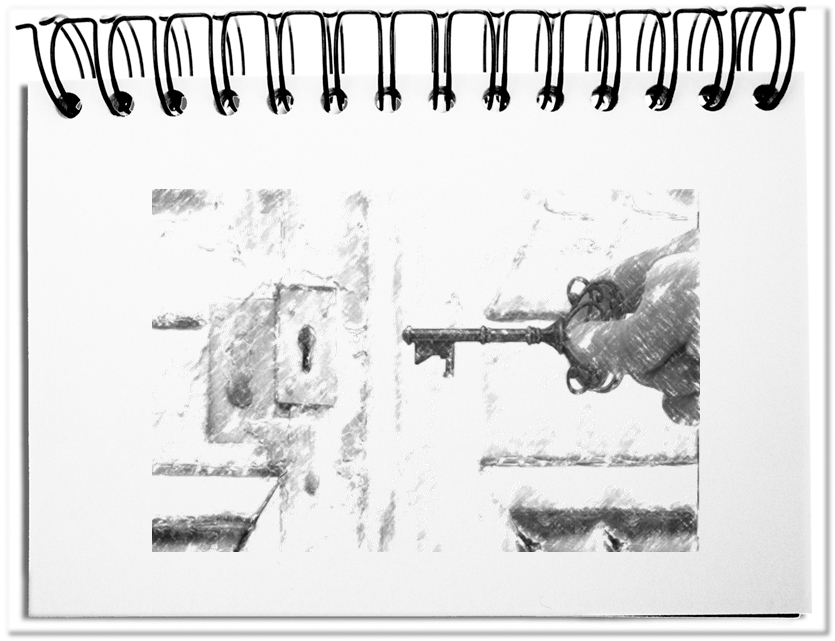Shortly after midnight a man was walking his dog. At the end of his street he saw a group of young people next to a streetlight go along on their knees. He approached curiously.
“What are you doing?”
“We live in a guesthouse over there and we lost the key.”
The man’s eyes also scanned the ground: “Did you lose it here?”
“No idea. One started looking here and we formed a circle. ”
“Then why are you looking here?”
The youngster looked bewildered at him: “But this is the only illuminated area.”
The slightly adapted story by Paul Watzlawick creates the framework for the swat team into the dark.
For established companies, group dynamics create an unwanted limitation that requires special measures to open up unused potential. Red Teaming offers an approach for the courageous ones.
- The idea
When we are looking for new possibilities, we do not just follow the path of least resistance. There are so-called cognitive distortions (biases) that prevent us from considering the obvious: Groups tend to tie in with the first evidence found (Anchor effect), follow the opinion of the majority (Bandwagon effect) or believe in the aftermath in a logical explanation that determines future actions (Hindsight bias). In order to overcome such fallacies, one must leave usual paths. The Red Team does not necessarily provide a way out, but it rather generates the creative pressure that offers new perspectives. - The procedure
This relates not so much to detailed planning but to the determined implementation of the steps. It begins in advance with the task clarification, i.e. the expected objectives and results. In addition, you need the unconditional management endorsement and support.
The first step is to examine the circumstances in order to uncover difficulties, wrong conclusions and mental models. In the second step, the resulting internal and external causes are considered, and the actual initiative is prepared. In the third step, the Red Team affects meetings, workshops and other events with contributions that go beyond the normal scope of decision making – e.g. with surprising assumptions, unusual cause-effect relationships and radical proposals.
The duration of the measures depends on the respective scope and expectations of the management team – e.g. from a few days up to half a year. The concluding After-Action-Review provides a summary of the ascertainable results. - The Toolset
In a literal sense, Red Teaming is prepared lateral thinking – intuitive, volatile, unbiased, challenging and productive. It uses tools such as checklists, dot voting, mind maps, brainstorming, storyboarding,
1-2-4-all, modeling canvasses and other available team interactions. The decisive factor is the open mind set, which accepts nothing as given, that is open to everything and thinks like the wiliest opponent – however unrealistic, inappropriate or unfair it may seem. The tools are mostly available and just need to be freed from the group pressure of self-restraint. The rules of brainstorming apply – everything that is conceivable and expressed is possible; criticism is forbidden; quantity not quality is decisive; ideas belong to everyone; fantasizing is welcomed. - The result
In order to be able to comprehend the initiative, the Red Team generates a report with the mission, the identified weaknesses, logics and convictions, the evaluation of internal and external influences, the procedure and list of activities as well as the observed effects. It should be clear to everyone that the Red Team is not automatically right with its assumptions and results. The main intention is to create stimulating stress with critical and unorthodox hints, suggestions and solutions.
Bottom line: Getting out of the box is a central task for companies, especially, if they are trapped in joint, successful habits. We are in fast-moving times that threaten every business, no matter how flourishing. To be prepared for drastic changes in the surroundings, it takes more than to letting down your nets in the usual fishing grounds. The key is not lying in the light of the lantern, but in the unknown. Red Teaming is an effective approach to abandoning the own thinking processes, the cognitive distortions and established conclusions. As soon as the management team decides to explore and exploit the dark areas, new opportunities open up for the company. It’s time for sending swat teams into the dark.


